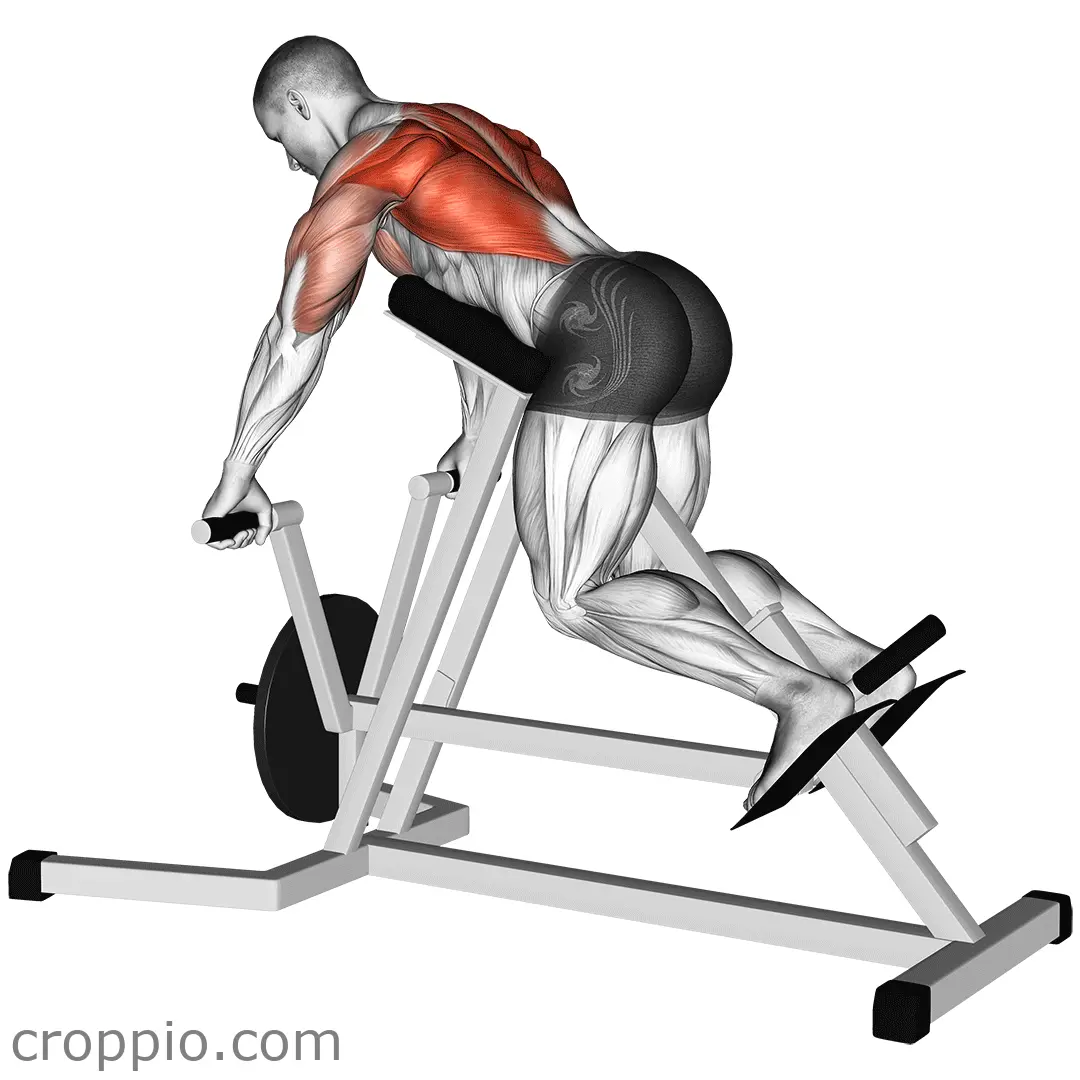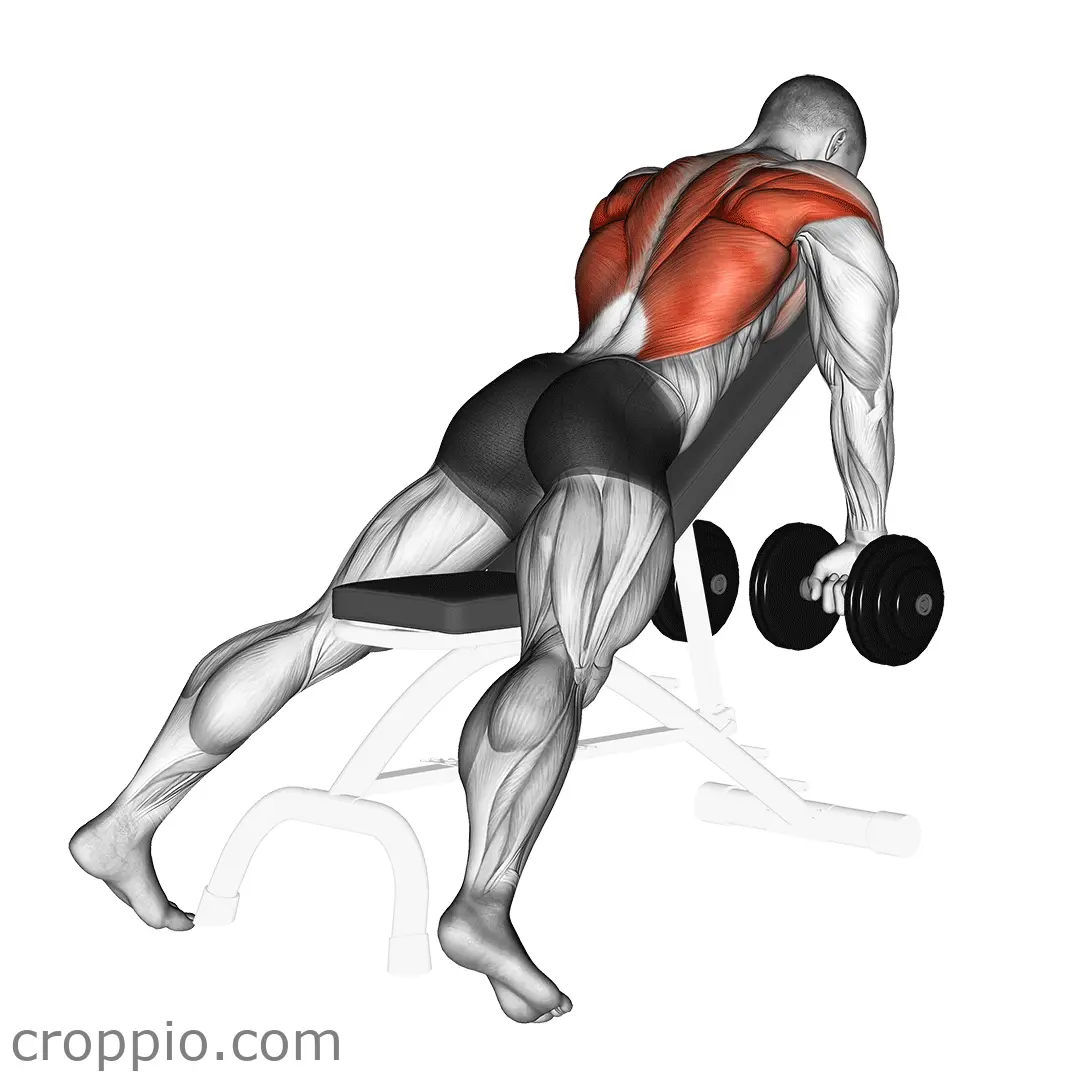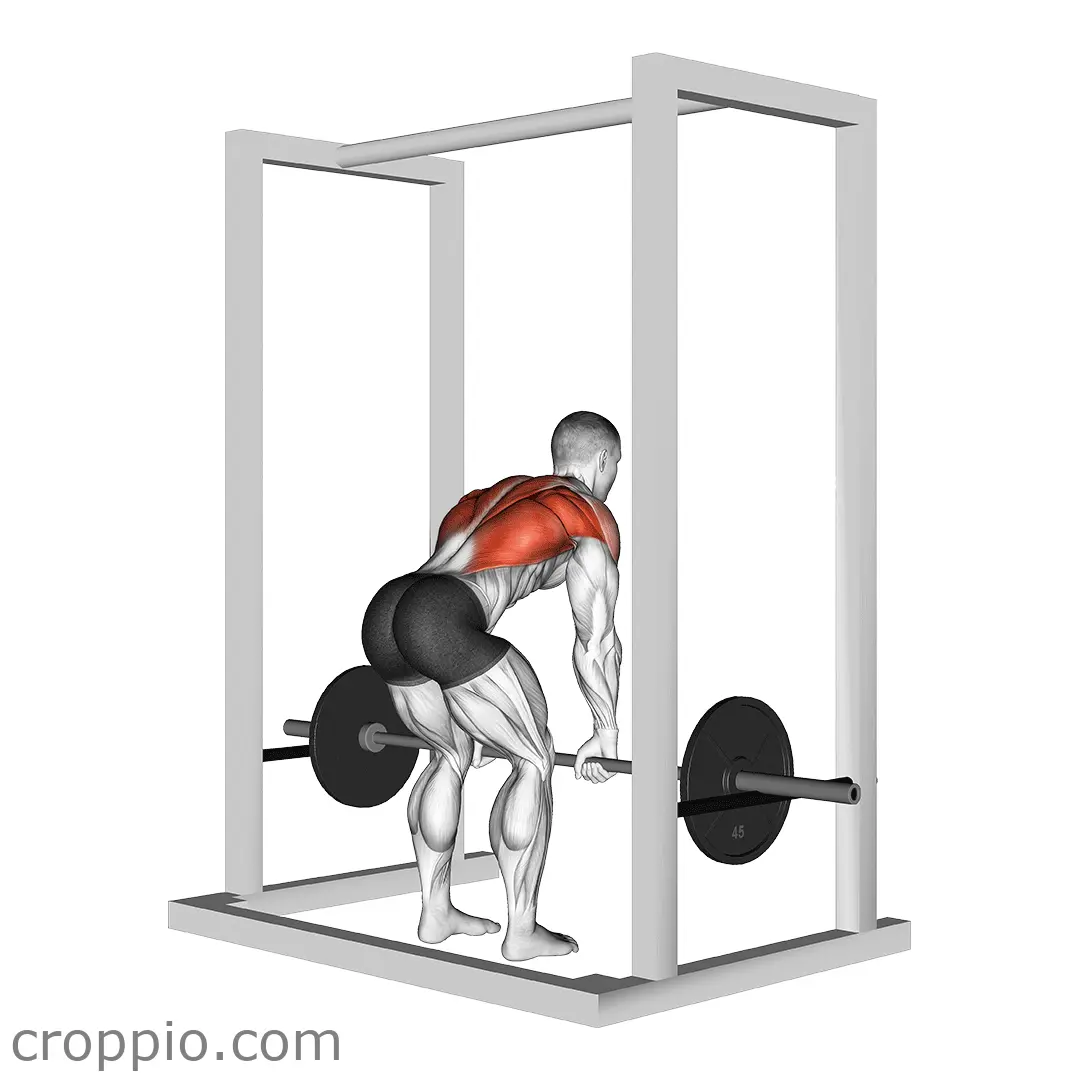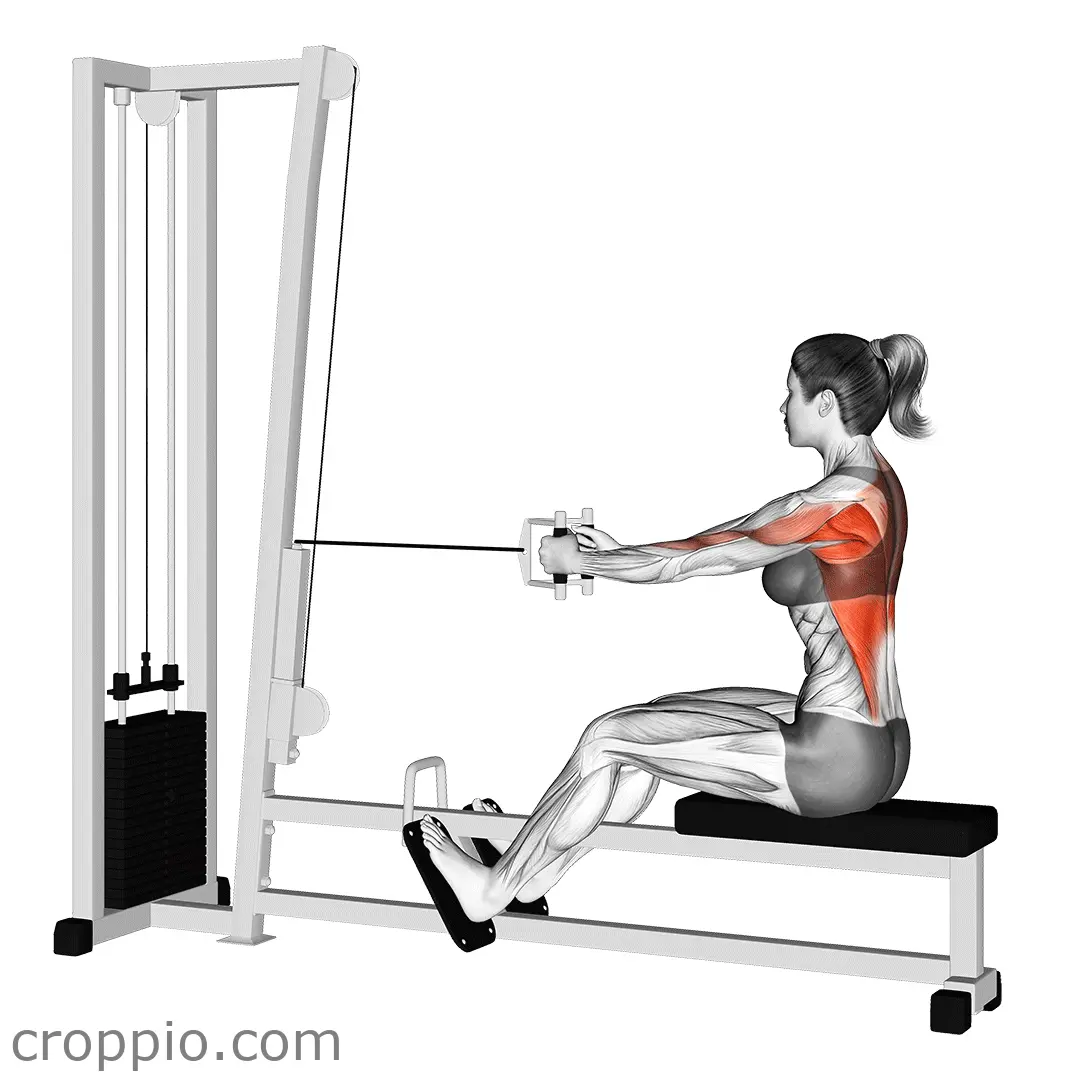Pullover Muscles
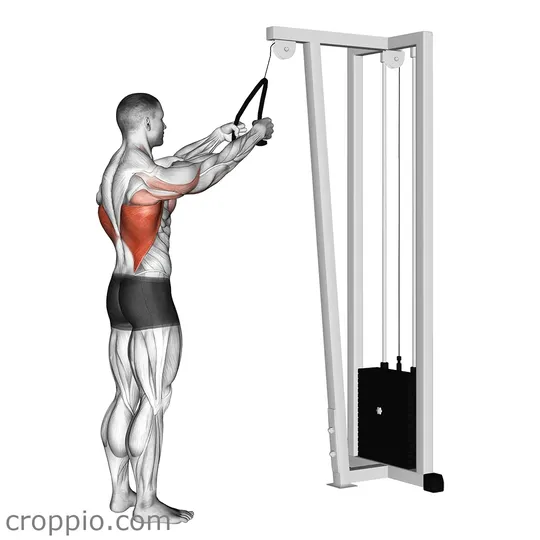
Muscles Involved
The pullover exercise primarily targets the latissimus dorsi, or "lats," which are the large muscles in the back responsible for arm extension and adduction. Additionally, the exercise engages the pectoralis major, particularly the lower portion, contributing to chest development. Secondary muscles involved in this movement include the triceps, as they assist with arm extension, and the serratus anterior, which plays a key role in stabilizing the shoulder blades during the exercise.
Top Mistakes
- Incorrect Range of Motion: Letting the weights drop too low can strain the shoulders or lower back.
- Rounding the Back: A rounded spine alters tension distribution and can lead to injuries.
- Excessive Weight: Overloading can compromise form, leading to poor muscle activation and increased risk of injury.
Execution Tips
- Start Position: Begin by lying flat on a bench with your shoulders supported and feet grounded. Hold the weight with both hands over your chest, arms slightly bent.
- Controlled Movement: Lower the weight slowly in an arc behind your head, keeping your elbows slightly bent to maintain joint safety.
- Core Engagement: Tighten your core throughout the movement to stabilize your spine and avoid unnecessary arching.
- Return to Start: Bring the weight back to the initial position using your lats, making sure to focus on muscle contraction rather than just lifting.
Workouts
The pullover exercise can be effectively integrated into a comprehensive workout routine. Aim for 3 to 4 sets of 10 to 15 repetitions. To maximize benefits, pair this exercise with complementary movements such as bench presses or rows for a balanced upper body workout. Including a pullover prior to heavy lifting can also serve as a great warm-up to activate the lats and chest. Ensure to schedule this exercise once or twice a week, allowing adequate recovery time between sessions.
Conclusion
The pullover exercise is a highly effective way to develop strength and size in the upper body, particularly targeting the lats and pectorals. Incorporating this movement into your routine can not only enhance muscle definition but also improve functional strength and shoulder stability. By avoiding common mistakes and adhering to proper form, you can maximize the benefits of this exercise while minimizing the risk of injury.
